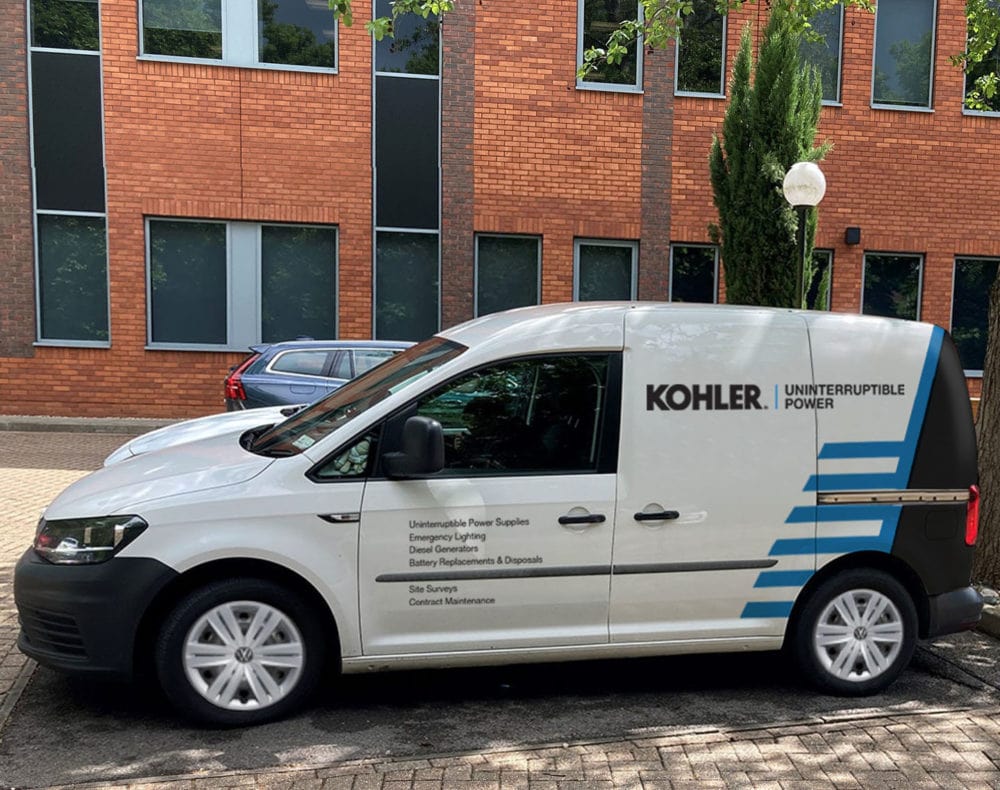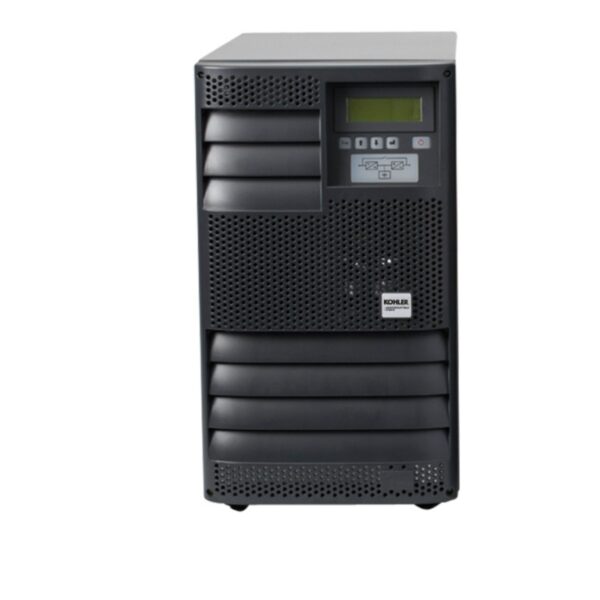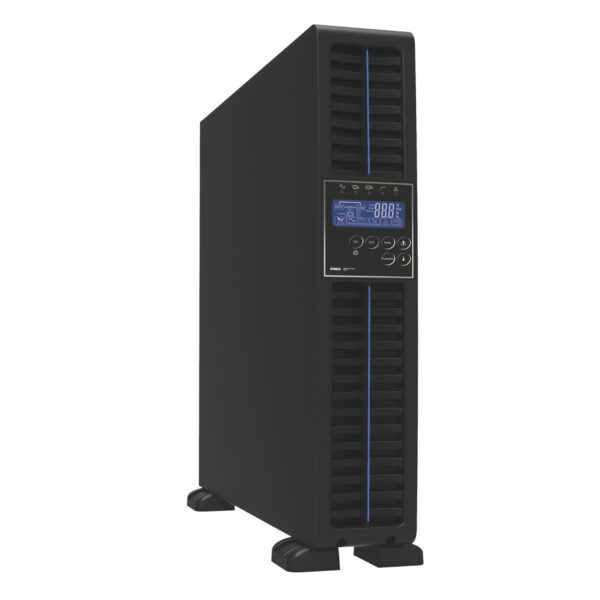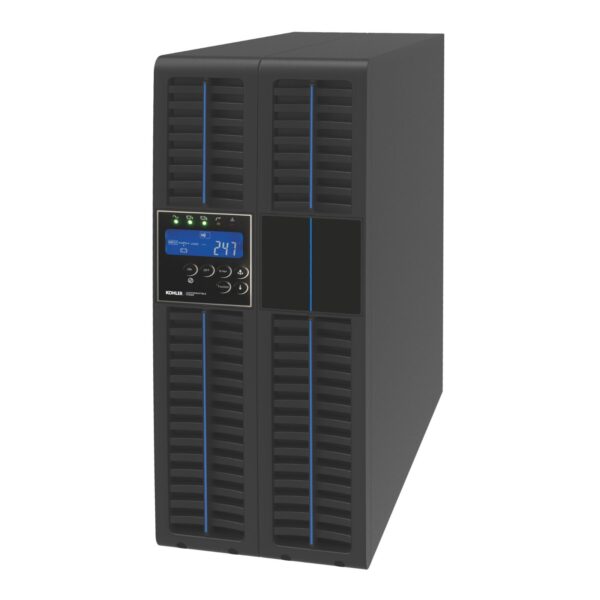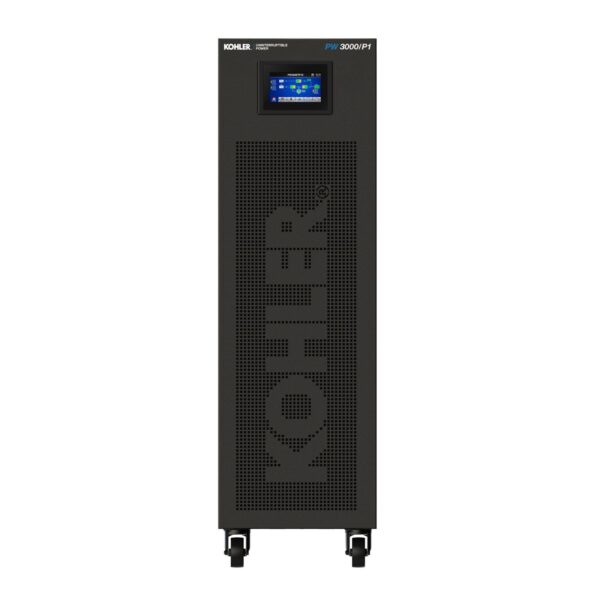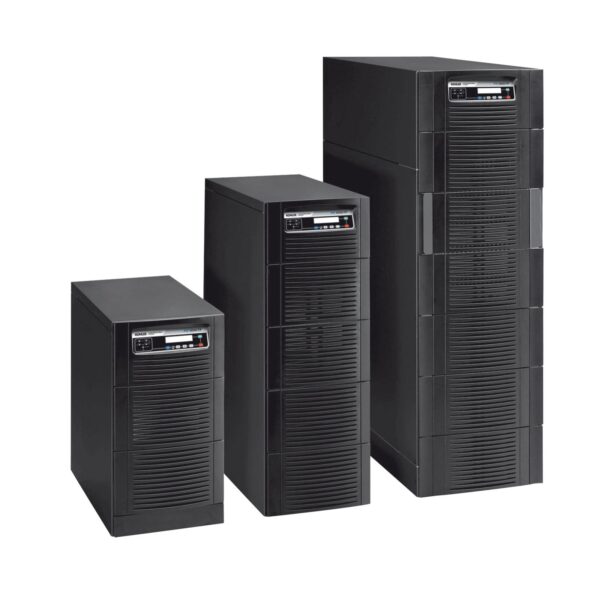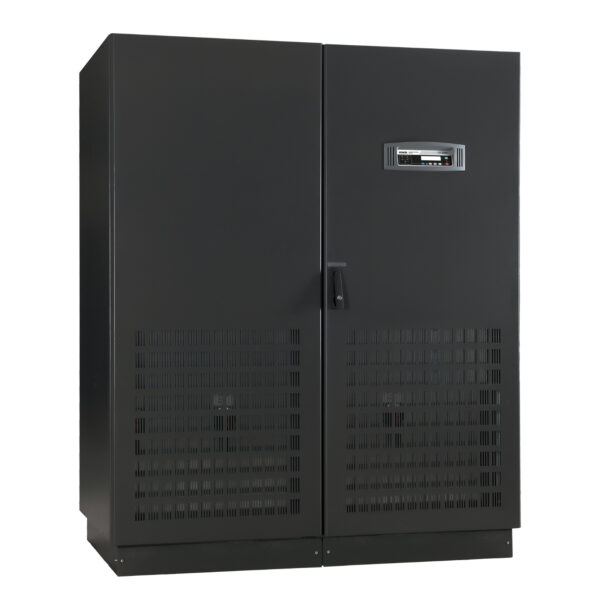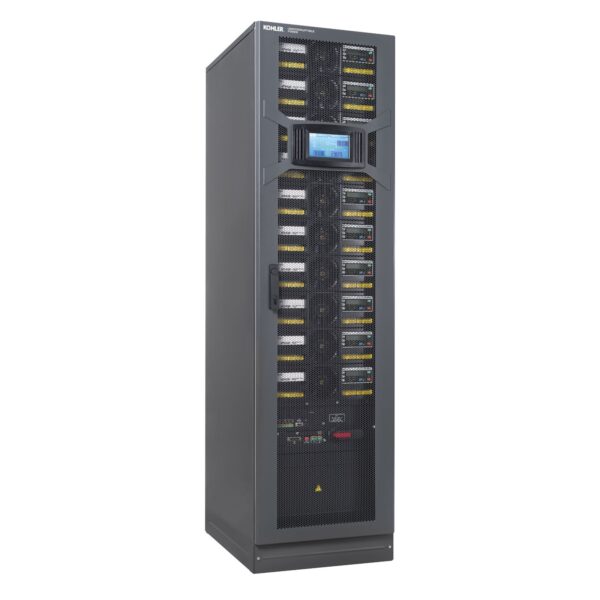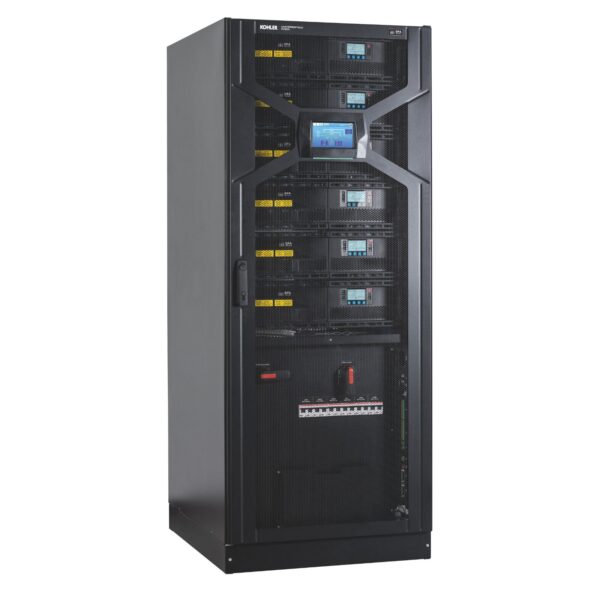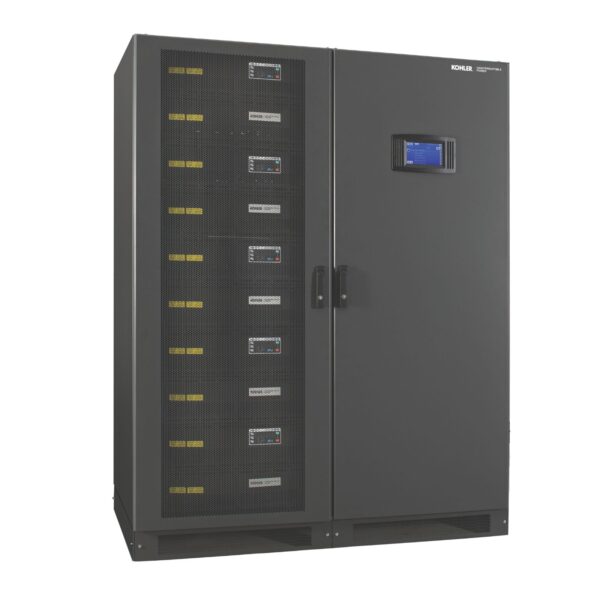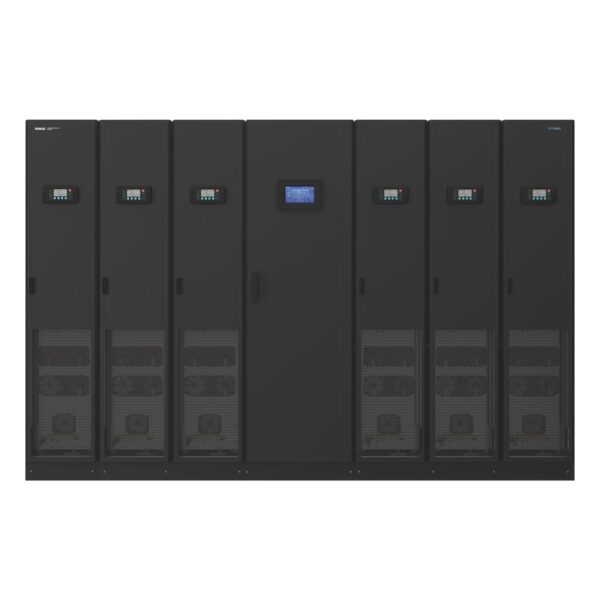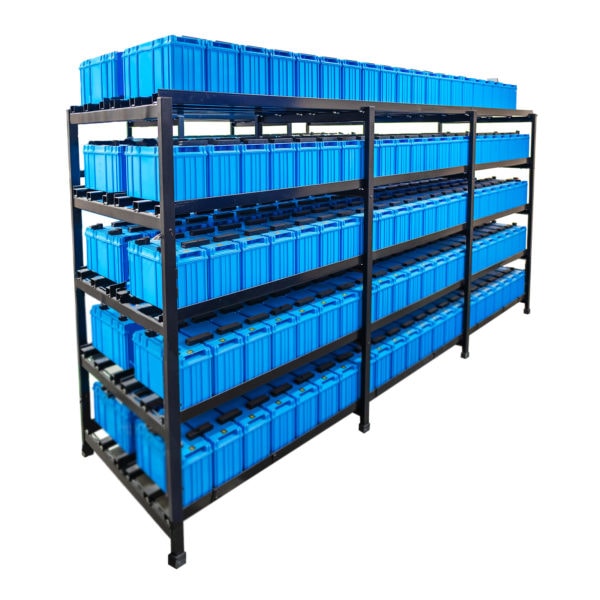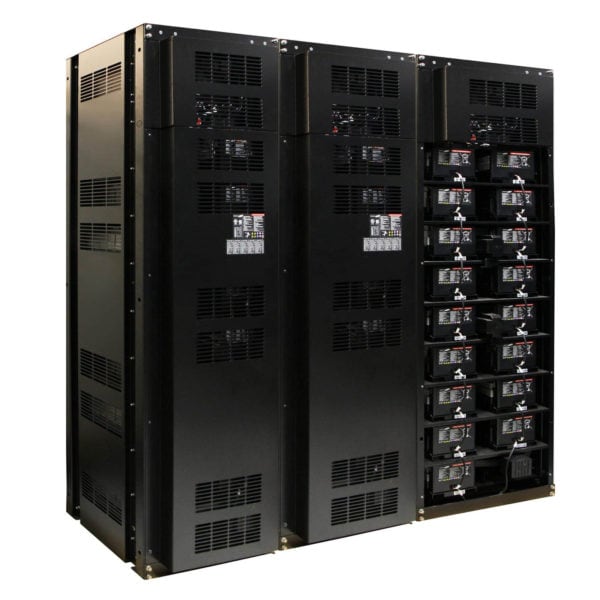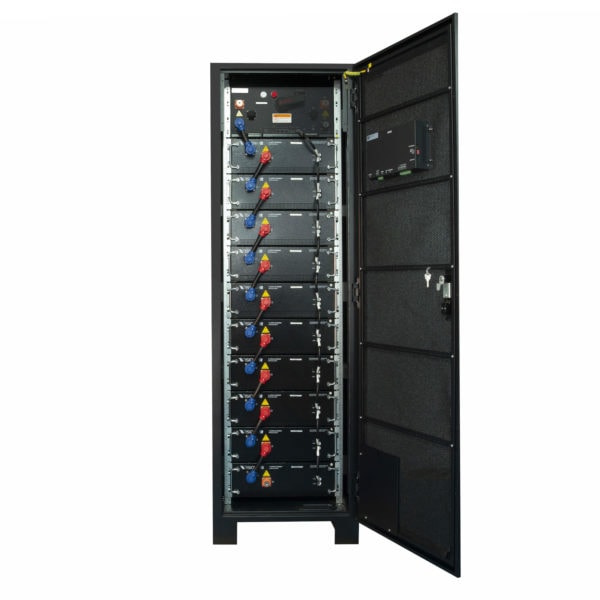UPS Products
On hand and ready to support you
Whether considering design concepts for a new facility or how to tackle an upgrade, our trusted experts are on hand to help you find an efficient, resilient system and service package that works for you.
Or why not give us a call on 0800 731 3269 and chat directly to a member of our team.

Uninterruptible Power Supply Products
Whether safeguarding critical data, sustaining operations during power outages, or ensuring seamless connectivity, having an uninterruptible power supply to safeguard against voltage and frequency disturbances and provide back up power in the event of mains failure is crucial in today’s digital age. At its core, a UPS system is the guardian against power disruptions, when your primary power supply wobbles or fails it ensures that your critical equipment, services and infrastructure can keep on working.
UPS systems come in various types, each offering different levels of protection and efficiency. Single-phase UPS systems are designed to provide power backup for smaller applications and individual devices.
Here are the different configurations:
- Standby UPS: Ideal for basic home or office use, standby UPS power backup switch to battery power only when the input power fails, providing basic protection against outages.
- Line-interactive UPS: Offering more advanced protection, line-interactive UPS regulates voltage fluctuations by automatically adjusting tap settings on the transformer, providing enhanced power quality.
- Online Double-Conversion UPS: Considered the most robust solution, online double-conversion UPS continuously converts incoming AC power to DC and then back to AC, ensuring a clean and stable UPS power supply regardless of input fluctuations.
Three-phase UPS systems are engineered for applications such as server rooms, data centres, hospitals and commercial buildings where the feed is a three-phase power supply, replacing mechanical, rotating cylinder (rotary) UPS in almost all applications, most three-phase systems nowadays tend to of the static (i.e. based purely on electronic processing) online double conversion type, though there are three main architectures.
Three Main Architectures
Replace with Standalone, Modular and Semi-modular:
- Standalone UPS: Standalone (also known as monolithic) three phase UPS systems have one of each main components of a UPS, all together in a single unit. They are used where no redundancy is required or where a user wants separate, complete, full capacity systems on different feeds i.e. N+N redundancy.
- Semi-modular UPS: Semi-modular UPS units share some components internally, such as a charger or static switch, and replicate others across modules. This offers a degree of scalability for future expansion and potentially some efficiency savings by enabling surplus modules to be put into standby if the load drops. However, as they share single points of failure the modules do not truly increase redundancy.
- Modular UPS: Each module in a modular UPS system contains all the individual components of a UPS components, and then several modules will be combined in a single frame, often with an additional (but non-essential) summary display and control panel. This provides the greatest scalability and flexibility and the highest resilience as if one module fails the others will continue operating and take up the load. Many modular UPS also enable “hot-swappability”, allowing a module to be removed from the system for service or repair without shutting the system down. Finally, and often of most benefit, a truly modular UPS will able a user to satisfy redundancy requirements (eg N+1 redundancy) by adding an extra module to the same frame rather than needing to buy, install, run and service a complete additional unit (as would be needed to meet N+1 requirements with a monolithic UPS).
What are the key components of a UPS power supply?
Whether Single or Three-phase, the UPS power backup typically comprises of four main components:
- Battery: The heart of the UPS, the battery stores electrical energy and releases it when needed during power interruptions.
- Inverter: Converts the DC power from the battery into AC power, ensuring compatibility with connected devices.
- Rectifier/Charger: When utility power is available, the rectifier charges the battery, keeping it ready for use during outages.
- Static switch: A static switch automatically and immediately diverts the supply of the load to be fed from the mains supply in the event of a failure within the UPS system.
In conclusion, by understanding the differences between each solution and their respective applications, you’ll be able to find the right option for your requirements; our UPS kVA Load Calculator can help identify the right uninterruptible power supply system for you.
Uncompromising Service Excellence and Delivery
Providing the heart-beat of our service is a dedicated team, who are available 24/7, to ensure the life-long and reliable operation of our customer’s power protection systems. When mission-critical systems go down, a quick recovery is crucial. KUP’s extensive network of field-service engineers provides coverage and response where and when it is needed – fast.
